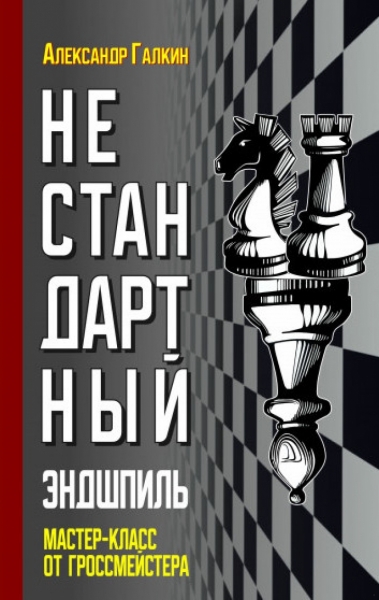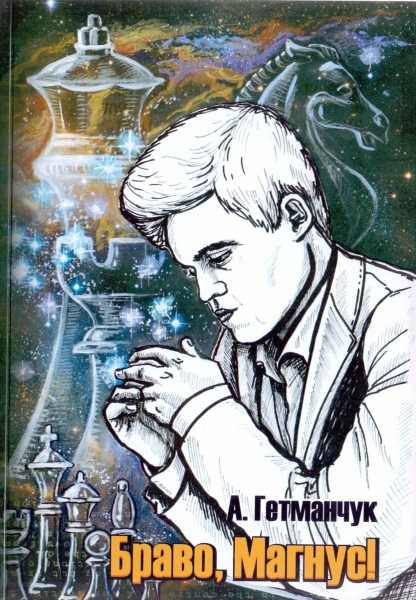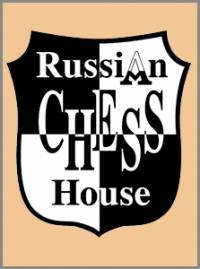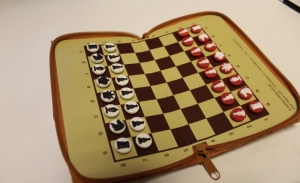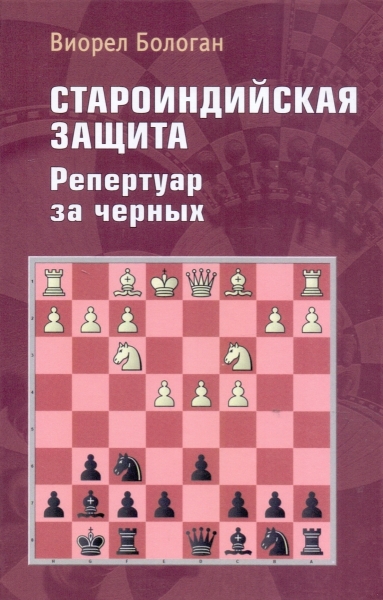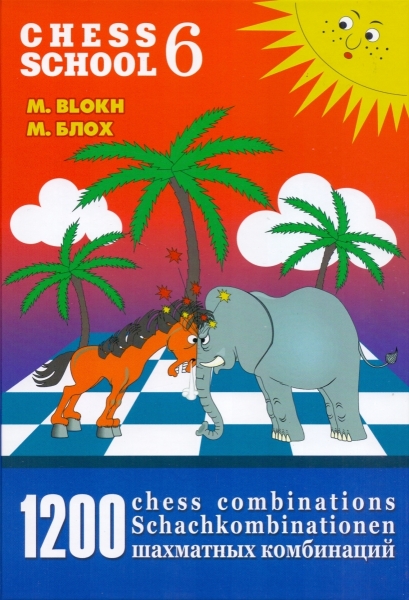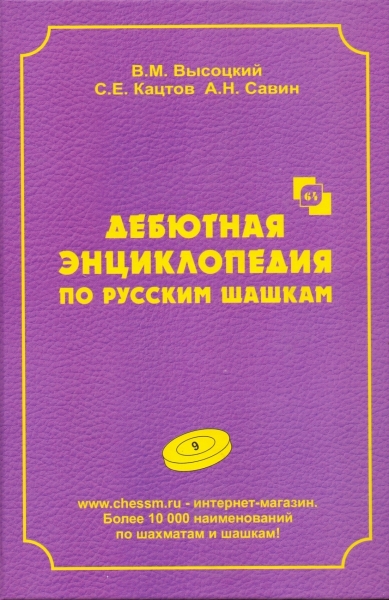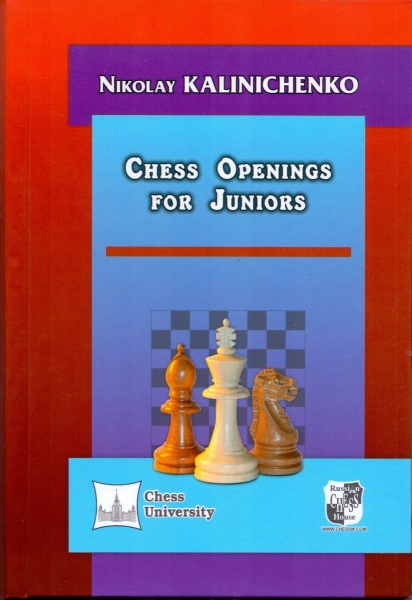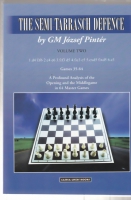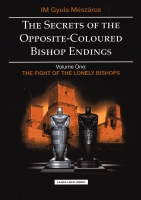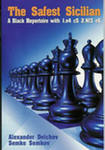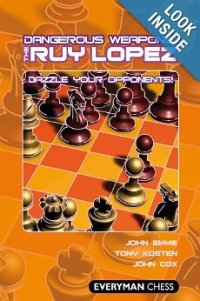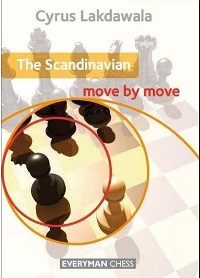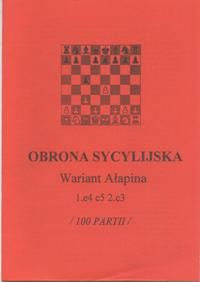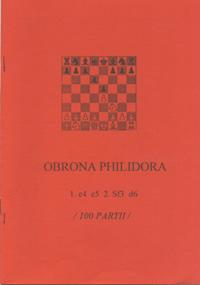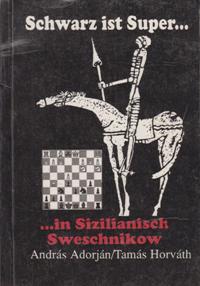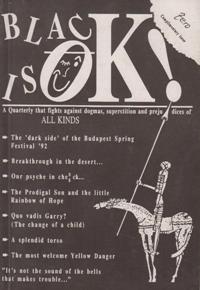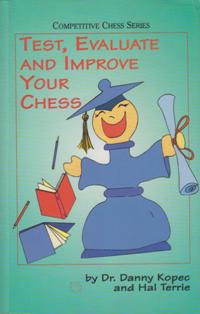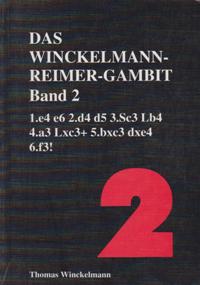Books 1991-2023
-
The present, second volume (Games 35-64) contains all the variations beginning with 1.d4 Nf6 2.c4 e6 3.Nf3 d5 4.Nc3 c5 5.cxd5 Nxd5 6.e3. It also includes an Index of Variations for both Volumes.
-
Dear reader, you are holding the first part of a two-volume work in your hands. I'd like to lead you to a world mysterious and unknown even to trained chess players, in fact, more or less to grandmasters. I trust that reading this book will give you not only joy and entertainment but it will also help you to understand these extremely interesting and exiting endgames. Furthermore, I hope that as as result, later on you will be able to successfully adopt in practice all that you learn from this book. The topics are the following: The three positions of the introductory part shed light on what urged me to deal in such minuteness of detail with opposite-colored bishop endings. In the basic positions I arranged in a row the most important types of positions of connected and split pawns, the self-confident knowledge of which is essential to be able to solve the more complicated, multi pawn positions. In the examples of practical endings you can see all the virtues and errors which spring from the knowledge, or the lack of it, of the rules of opposite-colored bishop endings. The epilogue supports all that was written, and briefly summarizes the rules. I should like to express my special thanks to my ex-pupil GM Ferenc Berkes for his many and profound analysing work, and for always finding time to discuss any newly arisen, interesting-looking positions with me.
-
GM Delchev once again delved deeply in his pet defense and came up with several improvements and new ideas. You can expect added material and major revisions in the following variations: • English Attack vs the Taimanov • Classical System with 6.Be2 • System with Ld3 and Le3 • Alapin Variation 3.c3 The Bulgarian GM Delchev (current Elo 2661) proposes a sound yet aggressive Black Sicilian repertoire, based on the Taimanov system: 1.e4 c5 2.Nf3 e6 3.d4 cd4 4.Nd4 Nc6 5.Nc3 Qc7. As Black, it is extremely difficult to get a playable position without accepting extreme risks. This book deals with reliable positional systems which will serve you for many years, without having to update your opening knowledge every two weeks. This setup is especially effective against the dreaded English attack. The author is one of the world’s leading experts in that field and his recommendations are based mostly on his own games. Without hiding back his secrets, Delchev reveals many new ideas and novelties in his pet line. The authors pay also attention to White’s deviations from the Open Sicilian. There are chapters about 3.c3, 3.d3, 3.Nc3, 3.b3, 3.c4 and other rare lines. The book features a new form of presentation. Every system is examined in a separate part which contains three chapters: “Quick Repertoire”; “Step by Step”; “Complete Games”. You start with the “Quick Repertoire”. You’ll find there all the vital information that you need to start playing the variation. “Step by Step” chapters follow the usual layout of Chess Stars books with main lines that branch to sub-lines. Finally, every part ends with “Complete Games”.
-
Dangerous Weapons is a series of opening books which supply the reader with an abundance of hard-hitting ideas to revitalize his or her opening repertoire. In this book, three opening experts team up and take a contemporary look at the Ruy Lopez, one of the most popular chess openings. Instead of analysing the well-trodden main lines they concentrate on fresh or little-explored variations, selecting a wealth of ‘dangerous’ options for both colors. Whether playing White or Black, a study of this book will leave you confident and fully-armed, and your opponents running for cover!
-
American IM Cyrus Lakdawala loves the Scandinavian, and it shows. He focuses on popular lines with 3 ... Qd6 and presents a reliable repertoire in which White has problems to open the position, lacks specific targets and quite often cannot resist Black's tempting invitation to overreach.
-
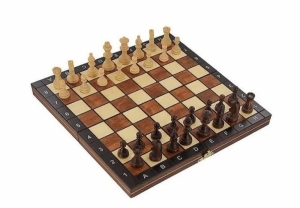 Travel wooden magnetic chess with board / Chess magnetic (Poland) (Wegiel). Markdown
79.33 $
Travel wooden magnetic chess with board / Chess magnetic (Poland) (Wegiel). Markdown
79.33 $
-
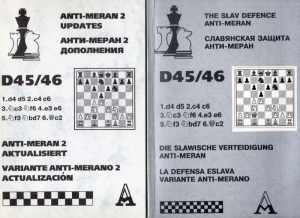 Author:
Author:
Gagarin 11.67 $ -
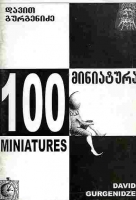 100 miniatures
Author:
100 miniatures
Author:
Gurgenidze 16.67 $ -
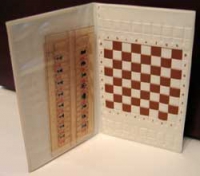 Chess pocket (Czech Republic)
45.00 $
Chess pocket (Czech Republic)
45.00 $
-
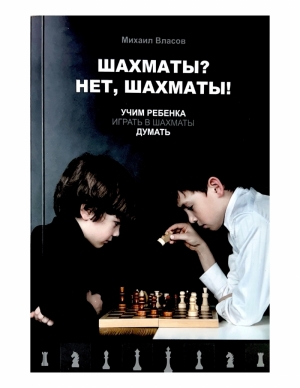 Chess? No, chess!
Author:
Chess? No, chess!
Author:
Vlasov 19.17 $ -
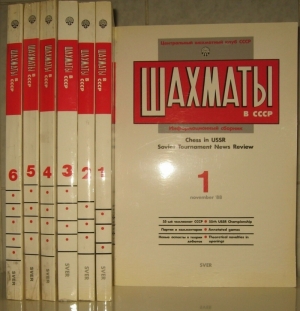 Chess in the USSR. USSR-Italy. A complete set of all seven published books
65.00 $
Chess in the USSR. USSR-Italy. A complete set of all seven published books
65.00 $
-
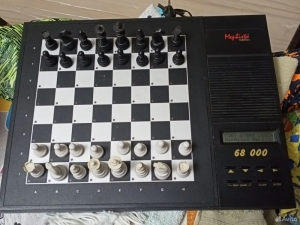 Chess Mephisto 68000. Berlin
733.33 $
Chess Mephisto 68000. Berlin
733.33 $
-
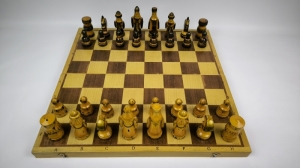 Wooden souvenir chess. THE USSR.
133.33 $
Wooden souvenir chess. THE USSR.
133.33 $
-
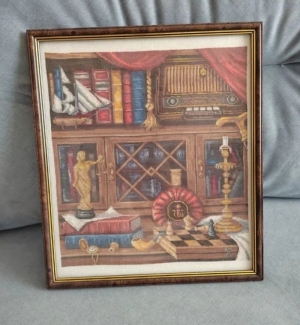 Cross stitch pattern of chess
100.00 $
Cross stitch pattern of chess
100.00 $
-
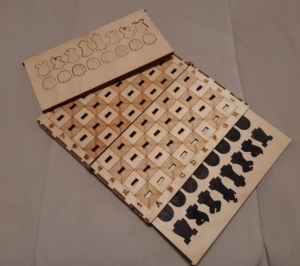 Wooden travel chess. Laser cutting.
46.67 $
Wooden travel chess. Laser cutting.
46.67 $
 Русский
Русский  Английский
Английский 